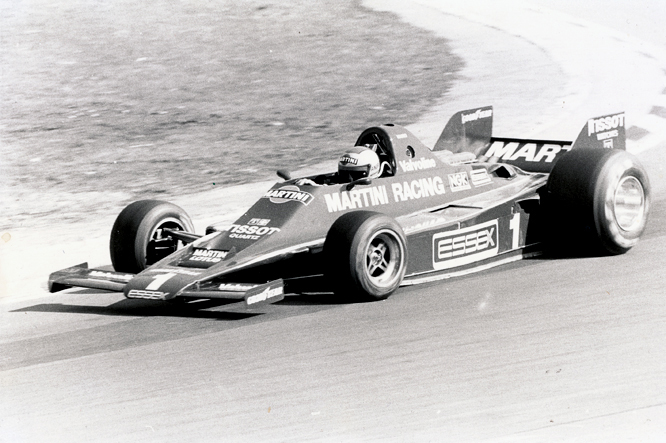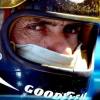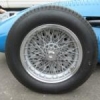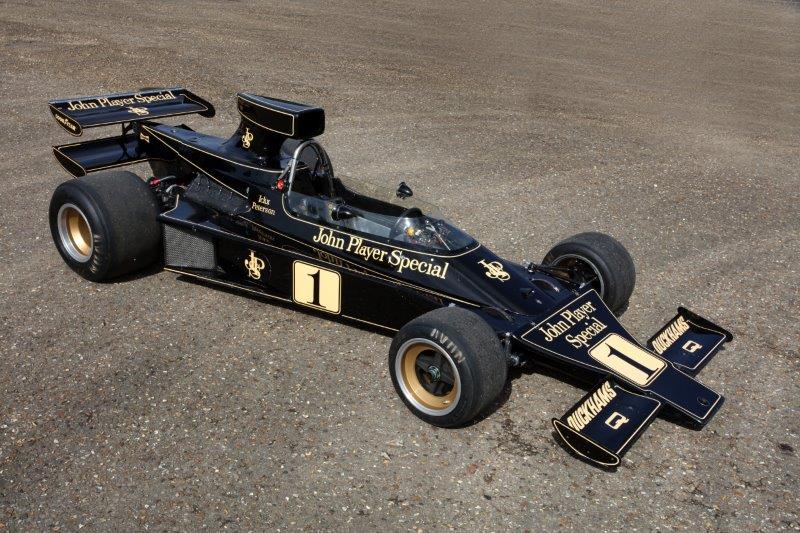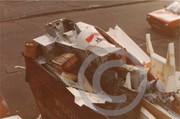I took Artti's question to mean "all engineering is still engineering and of a similar mindset if not workflow."
To parallel, in my field(s) of art, whether using a camera, a brush, a computer, a technical pen, or a keyboard, to me it's all the same -- regardless of specific discipline.
I also know if I'd limited my thinking to just one discipline, that's all I'd have ever been able to do.
When you're dealing with as high a level as F1, you're unlikely to move outside of your specialisation much as the knowledge level is particularly high.
Even when you specialize in an engineering discipline, you will have had a common general engineering introduction.
So every qualified engineer has knowledge of the basics. Specialization comes later.
True, but you'll specialise as you enter work and from then on it becomes a major effort to change. Not impossible, but you'd have to stand out particularly well to show you have a grasp of the other field. For example in my work our technicians are either mechanical or avionics traded, and it's rare for any to make a swap, but there's usual enough variety of work to keep either interested.
My experience learned from post graduate students and those who teach at universities suggests that young engineers have not changed much. The core of engineering education is constant and it is possible to move between the major classifications -- with effort. We know much more and hence there are more specialisms, but anyone with a quick mind can become a generalist engineer. Chief designers are all great generalists with a useful specialism.
The problem with specialisation is typecasting. Bob the Gearbox is probably proud of his nickname but may be frustrated that s/he is expected to work in a limited field.
---
In the 1970s it was possible for a designer to take a long winter (northern hemisphere) holiday and read all of the relevant research papers about the next idea. I think that is a significant change.
The Adrian Newey book explains how his design teams have to juggle the requirements of suspension geometry in order to accommodate an aerodynamic element. The final design is a compromise and I would expect the aero team to express their opinions as openly as the suspension team.
As for "aerodynamics before I was born", Voision's Laboratoire raced in 1923 so unless there are many 97+ year olds contributing to TNF it is reasonable to say that the field has been recognised for all of our lifetimes.
Working with the specialists in other fields is standard in any complex engineering work. You'd have to have an appreciation for those fields you interact with of course.
I don't necessarily disagree with the last statement, but my objection was to Michael's specific claim that aero wasn't real engineering, which is nonsense.









